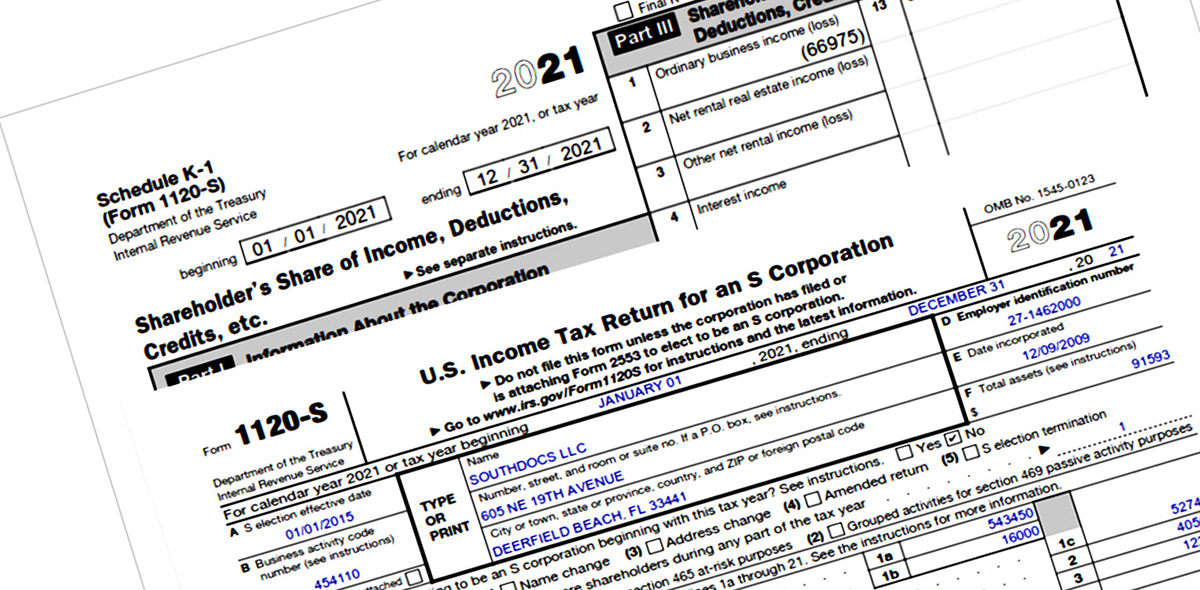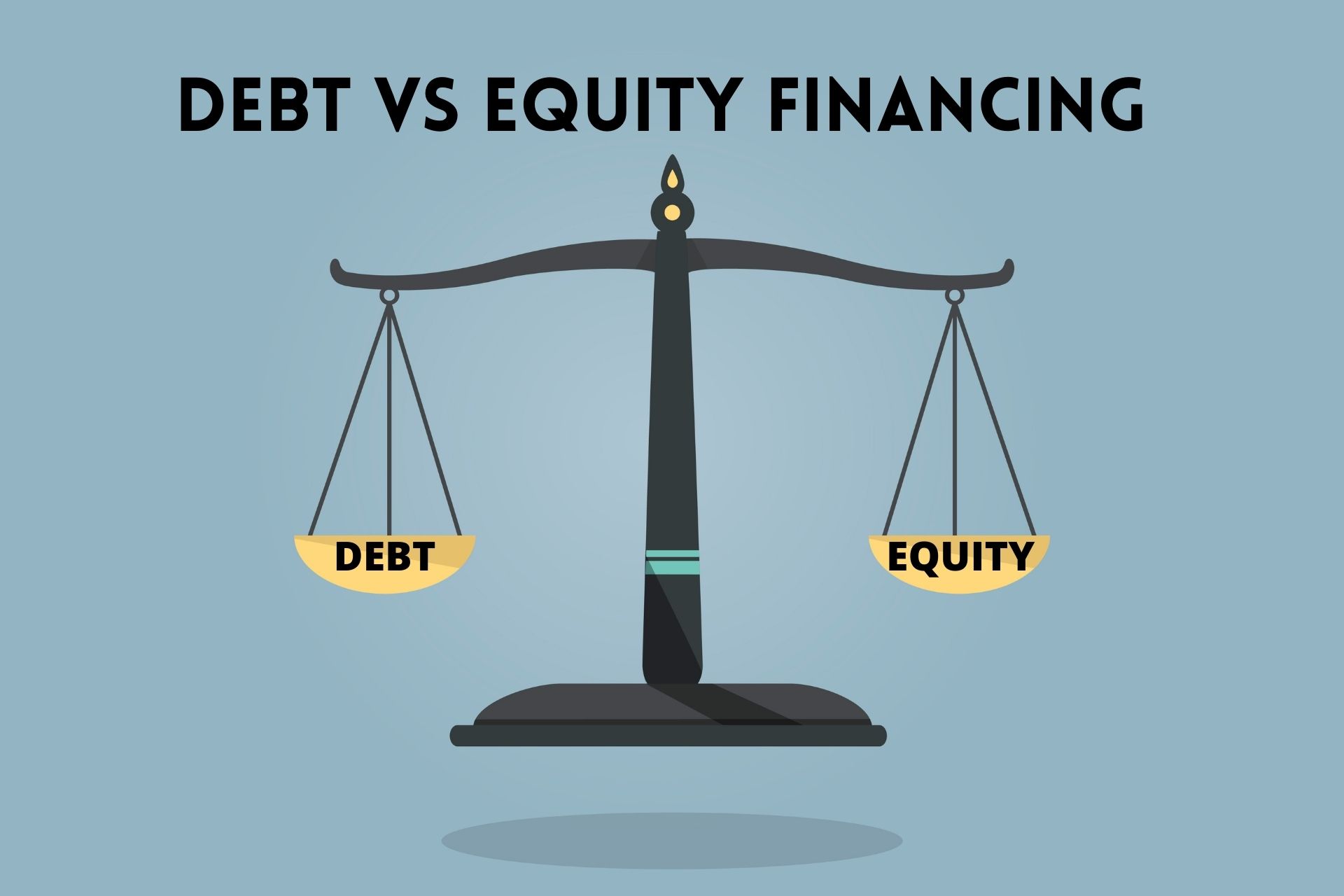

Finance
Reconstruction Finance Corp. (RFC) Definition
Published: January 17, 2024
Learn about the Reconstruction Finance Corp. (RFC), its role in finance, and how it impacted economic recovery. Explore more on this finance topic.
(Many of the links in this article redirect to a specific reviewed product. Your purchase of these products through affiliate links helps to generate commission for LiveWell, at no extra cost. Learn more)
The Reconstruction Finance Corp. (RFC) Definition: What You Need to Know
When it comes to understanding the financial history of the United States, there are many key events and institutions that shaped the economy as we know it today. One such institution is the Reconstruction Finance Corporation (RFC). But what exactly is the RFC, and how did it impact the country’s financial landscape? In this blog post, we’ll dive into the RFC definition, key takeaways, and its significance in U.S. history.
Key Takeaways:
- The Reconstruction Finance Corporation (RFC) was a federal agency established in 1932 during the Great Depression.
- Its primary goal was to provide financial support to struggling businesses, banks, and local governments to stimulate economic recovery.
The RFC was created in response to the economic turmoil caused by the Great Depression. As the stock market crashed and businesses collapsed, the RFC stepped in with a crucial mission: to provide financial assistance to struggling entities in order to restore stability and promote economic growth. Here are some key points to understand about the RFC:
- Establishment and Purpose: The RFC was established by the Hoover administration under the Emergency Relief and Construction Act of 1932. It aimed to inject much-needed capital into the economy, prevent further bank failures, and create jobs.
- Wide-Ranging Authority: The RFC had significant authority to intervene in various sectors of the economy. It could make loans, purchase securities, provide insurance, and even directly invest in businesses.
- Role in Infrastructure Development: The RFC played a vital role in supporting public works projects, such as highways, bridges, and dams. These projects not only provided employment opportunities but also stimulated economic activity in local communities.
- Banking Stabilization: One of the RFC’s primary objectives was to stabilize the banking system. It would provide loans to banks to prevent their collapse and ensure the availability of credit to businesses and individuals.
- Instrument for Industrial Modernization: The RFC also played a role in modernizing and revitalizing industries. It provided loans and support to companies in key sectors, such as manufacturing and transportation, to help them recover and adapt to changing times.
The RFC had a significant impact on the U.S. economy during the Great Depression. It provided critical financial support to businesses and banks, preventing further economic turmoil and aiding in the country’s recovery. This institution not only helped stabilize the financial sector but also contributed to the development of infrastructure and modernization of industries.
In conclusion, the Reconstruction Finance Corporation (RFC) was a federal agency with a broad mandate to provide financial assistance during the Great Depression. Its establishment and wide-ranging authority allowed it to support struggling businesses, stabilize the banking system, and promote economic recovery. By understanding the RFC’s definition and significance, we gain valuable insights into the measures taken to overcome one of the most challenging economic downturns in U.S. history.














